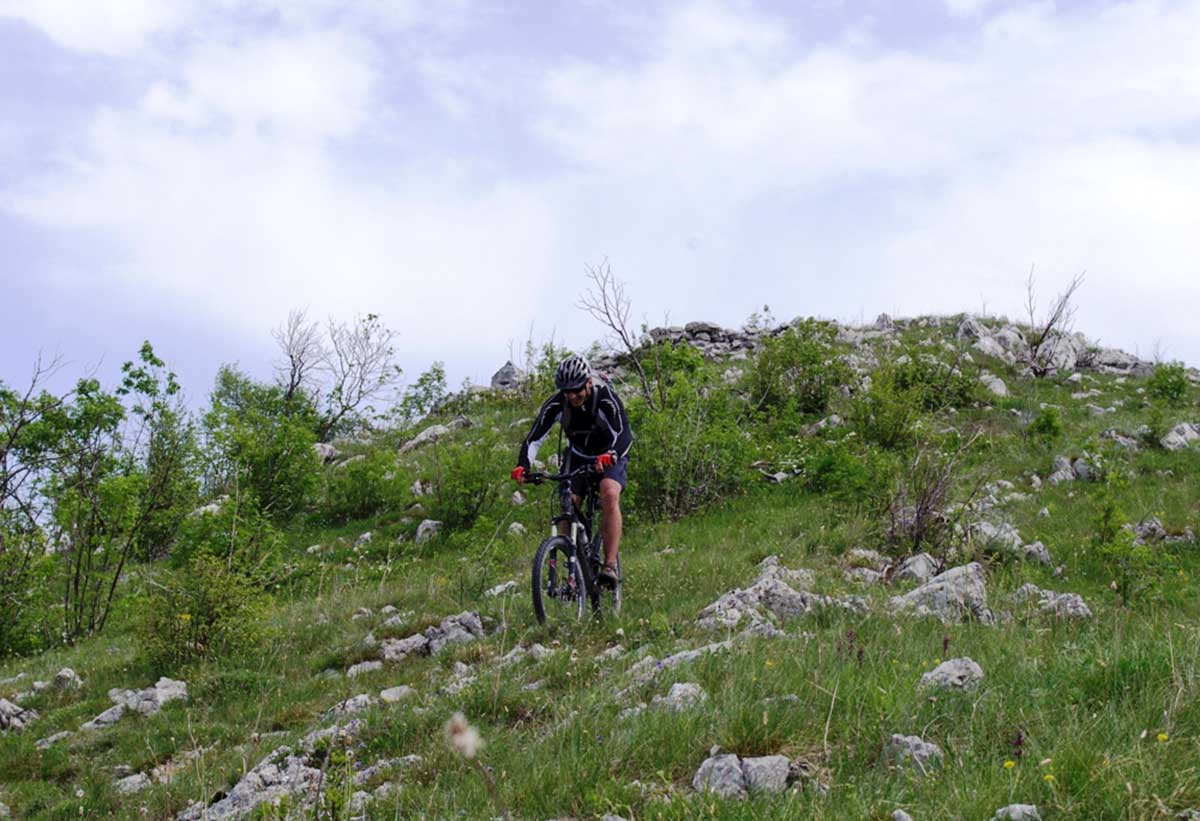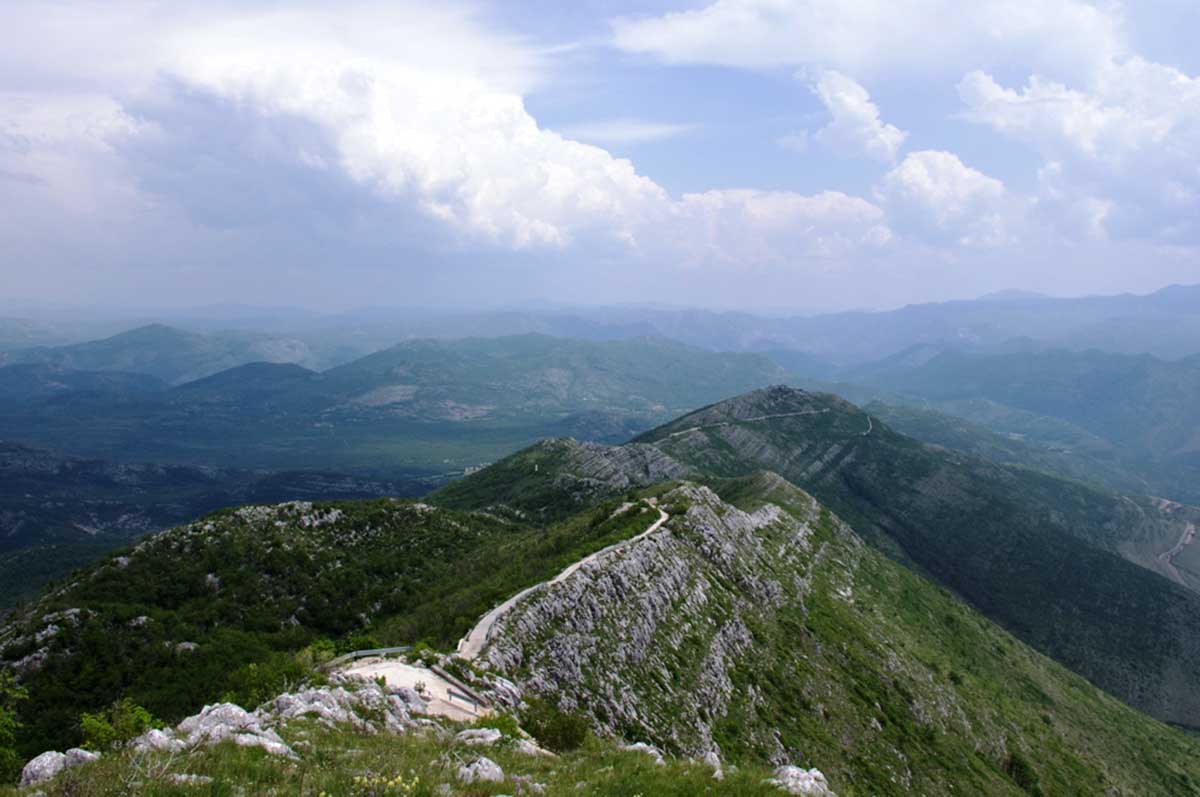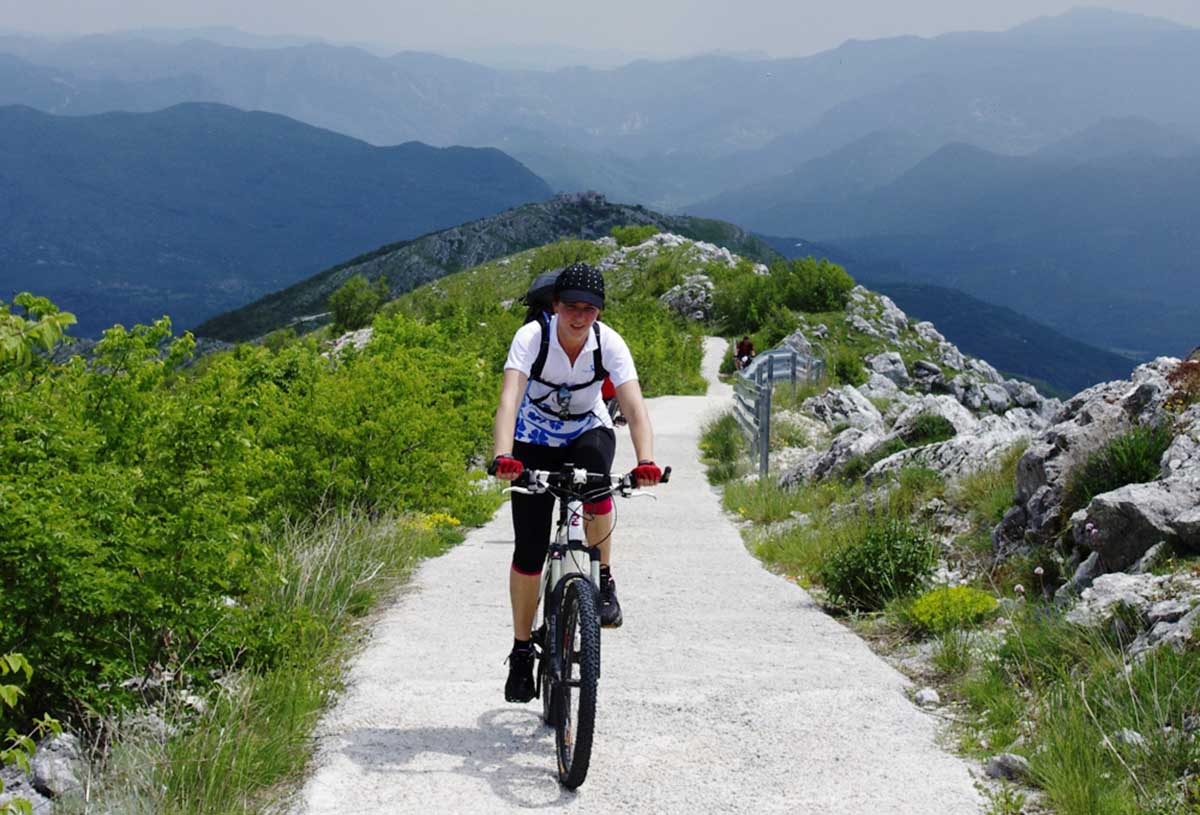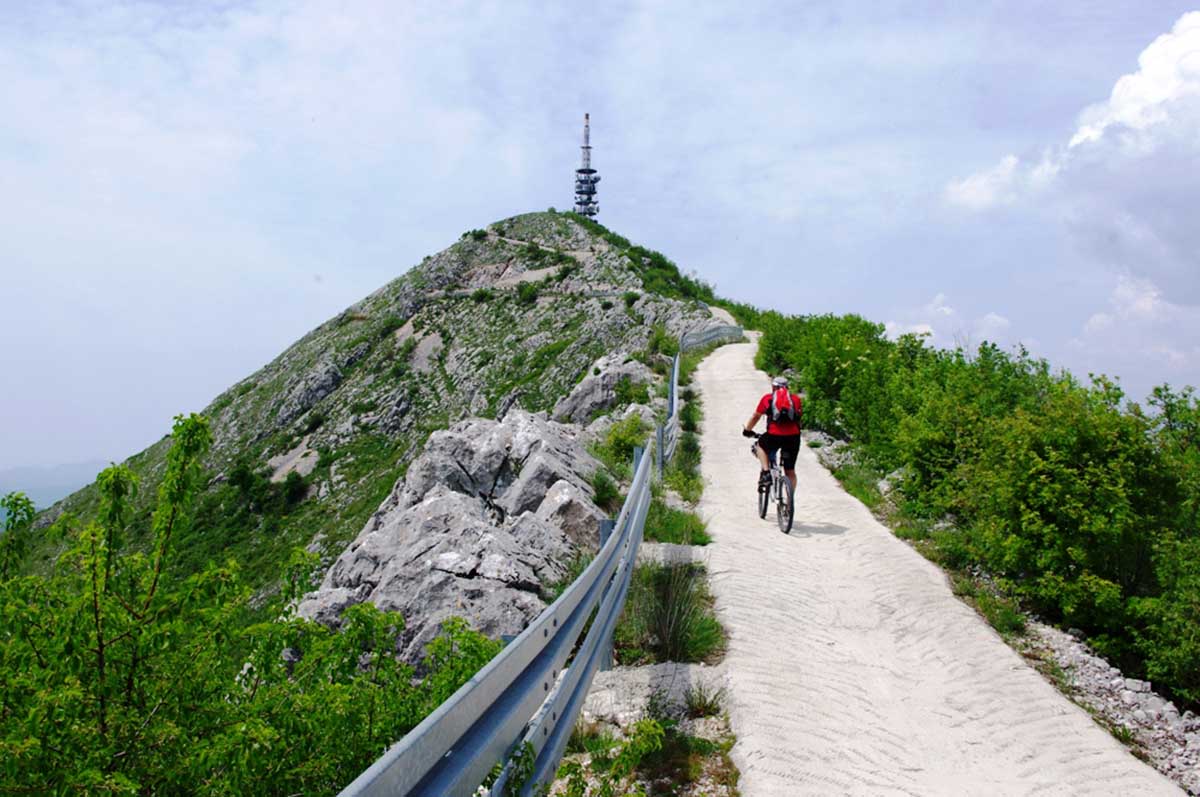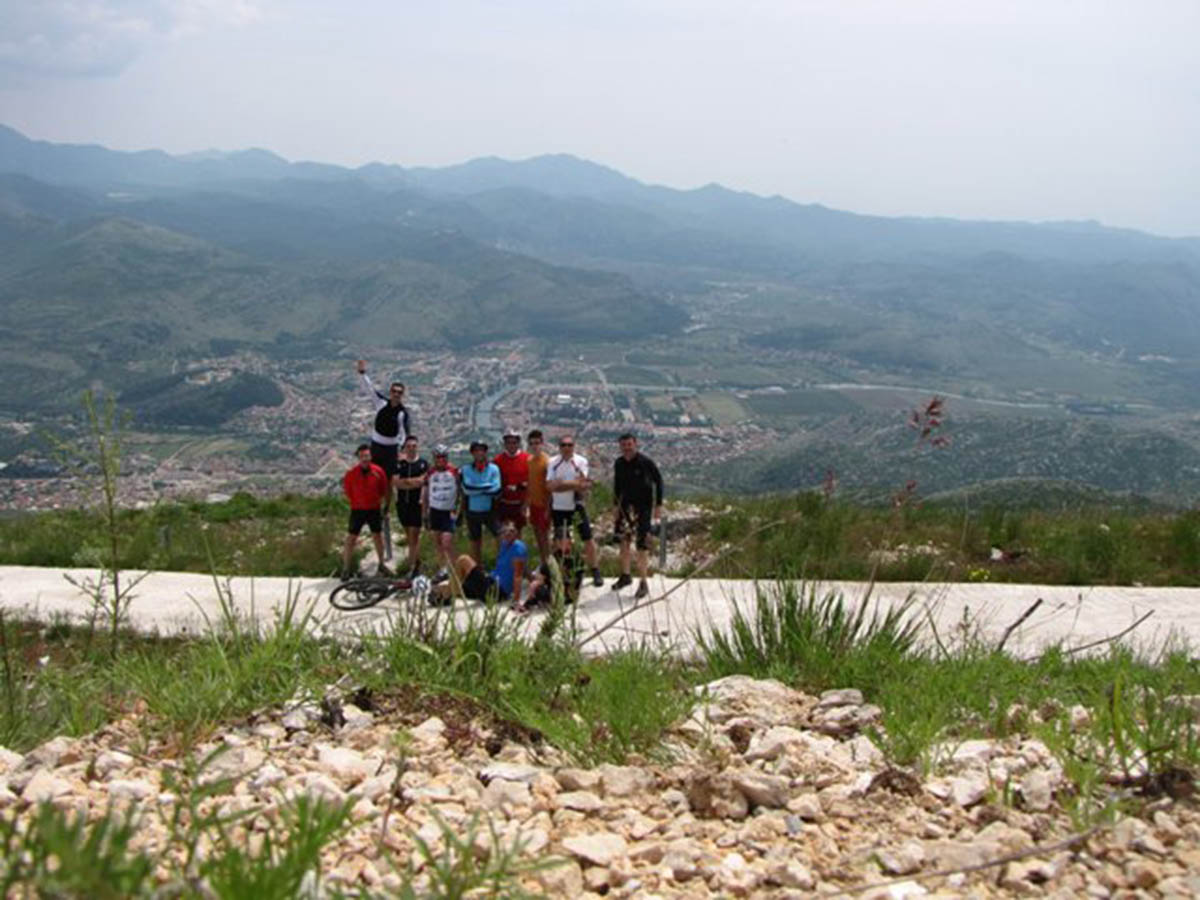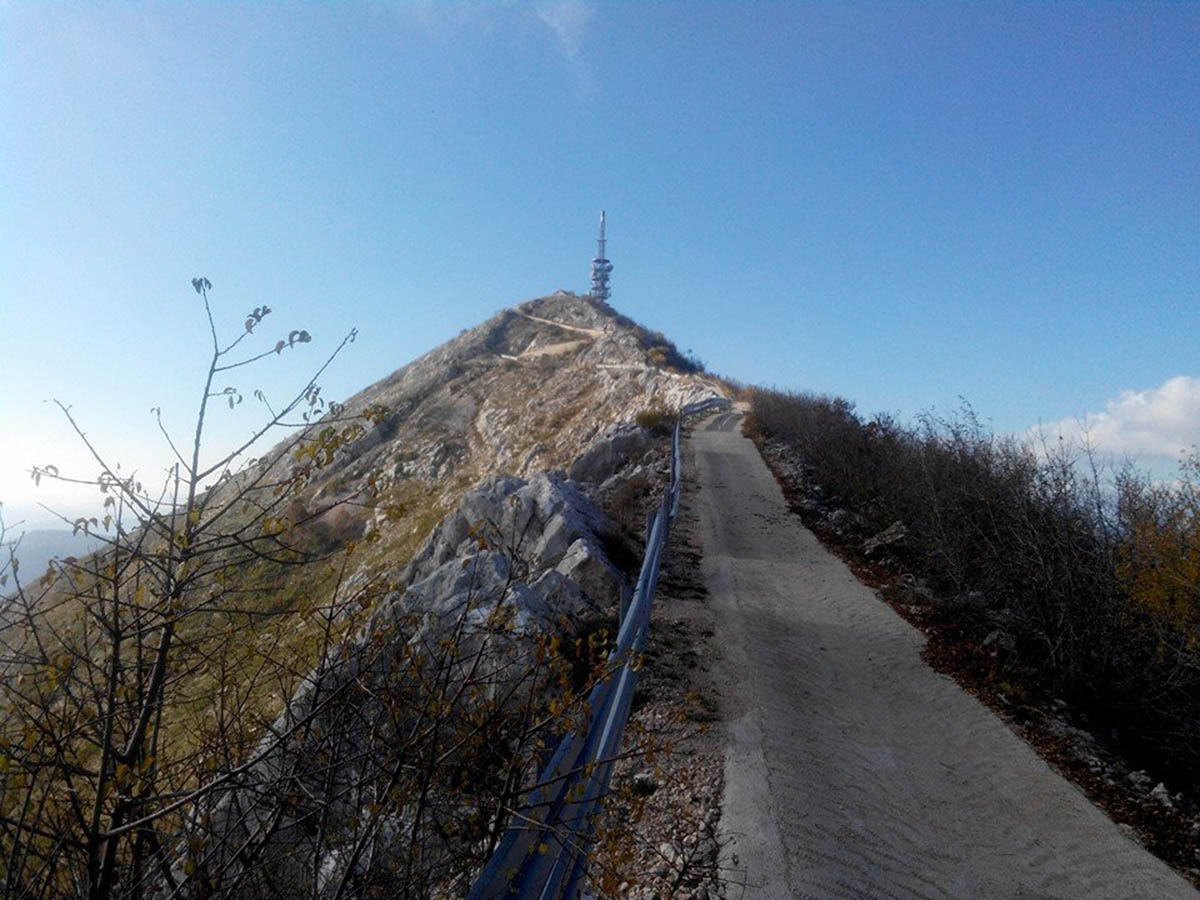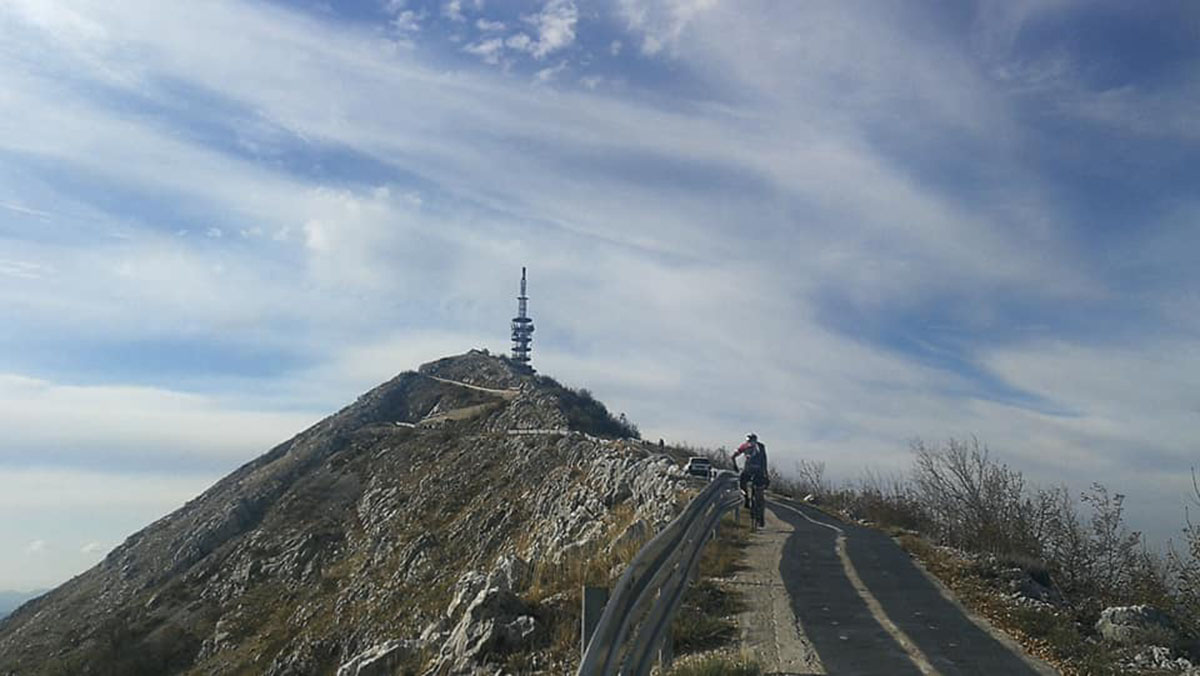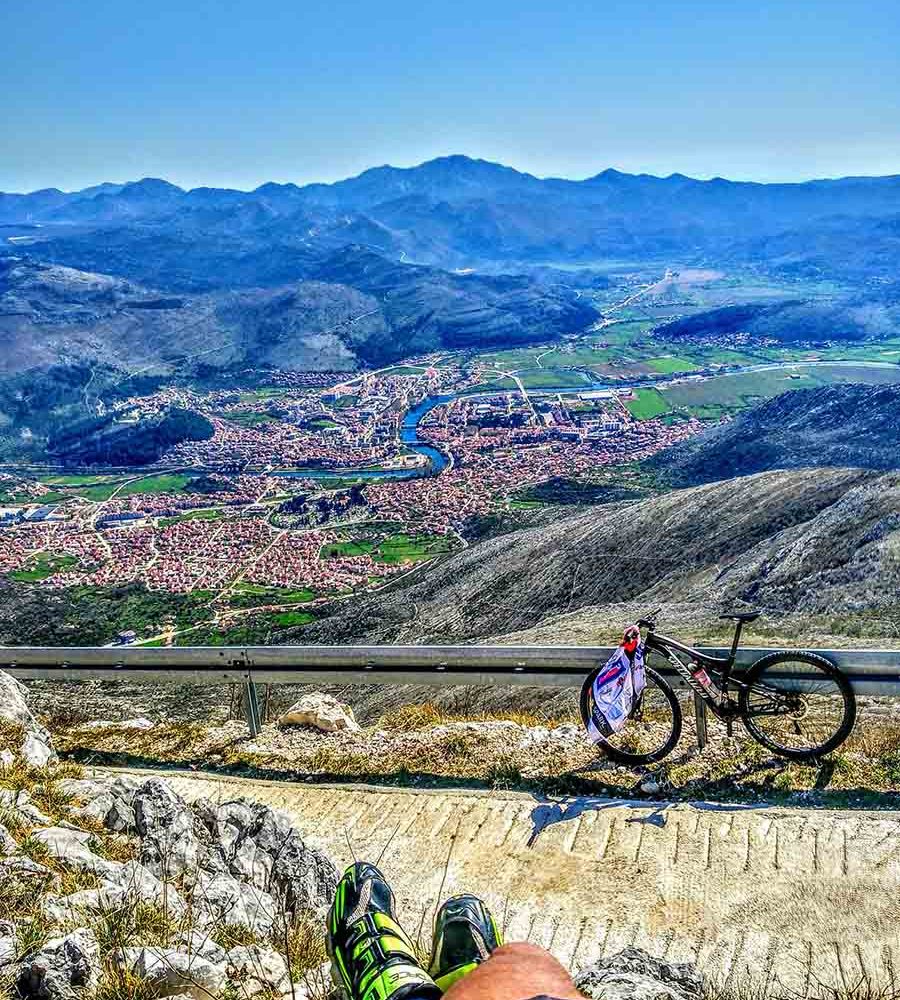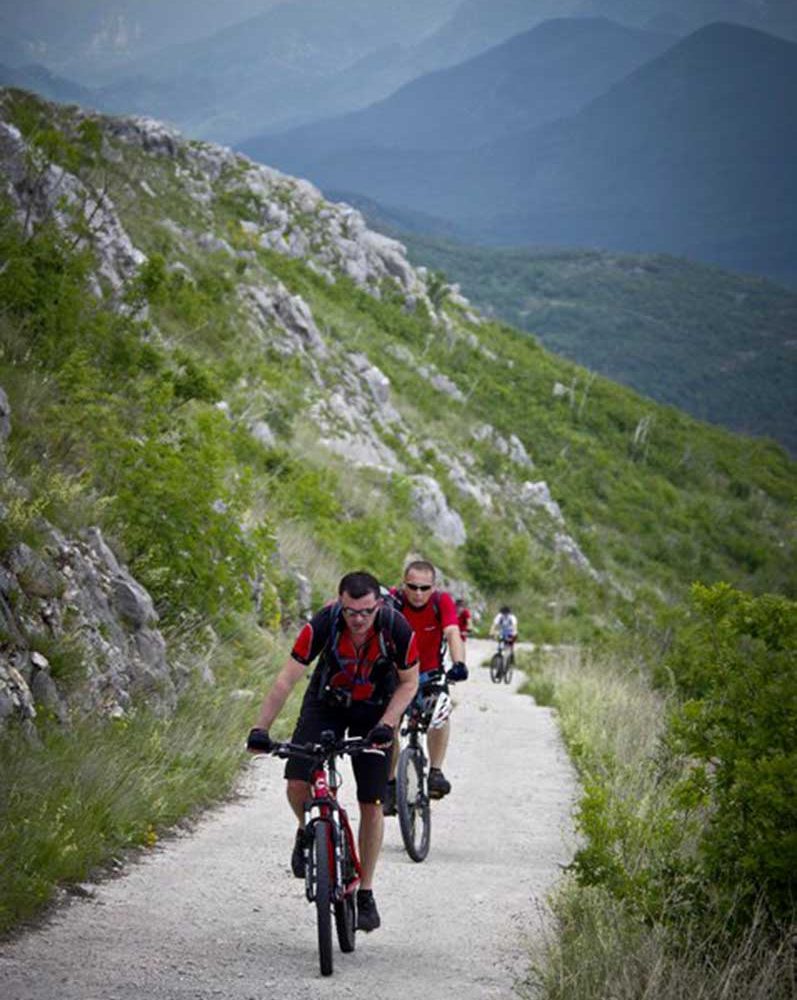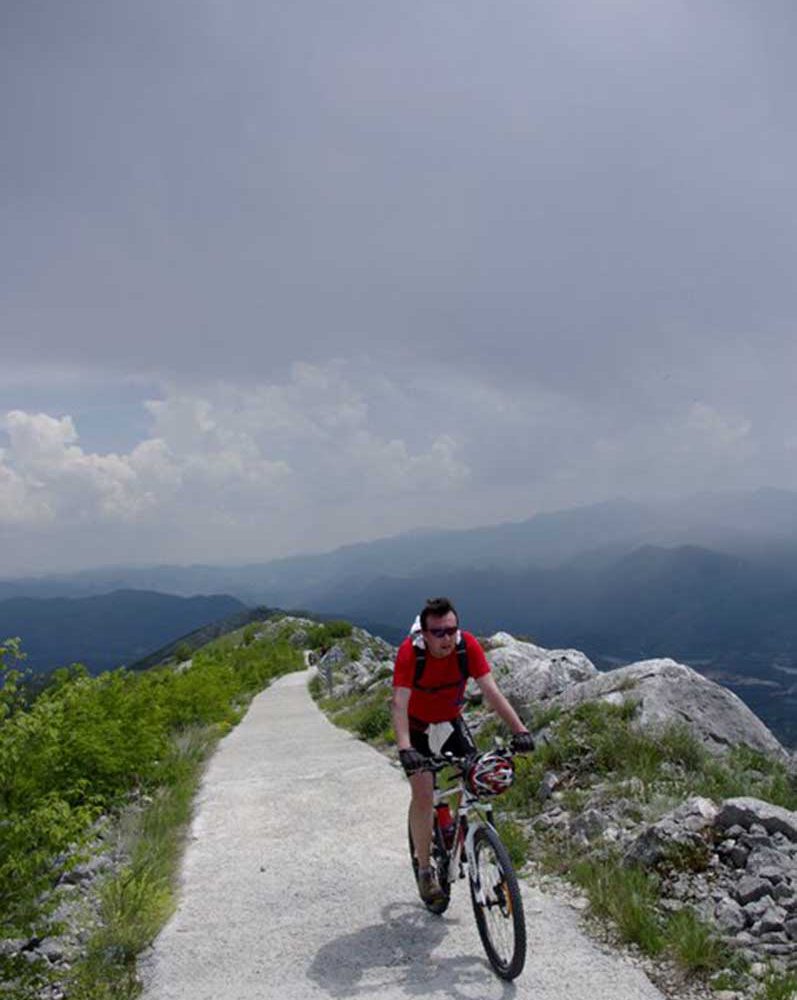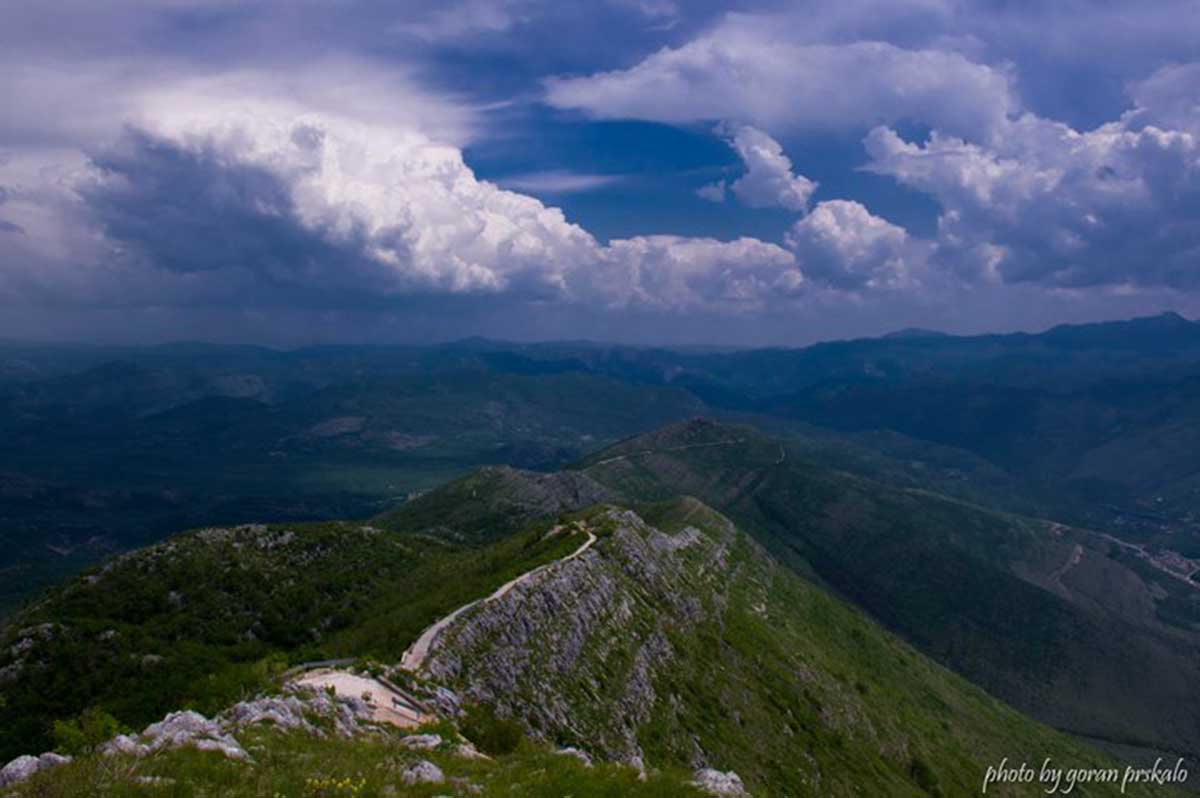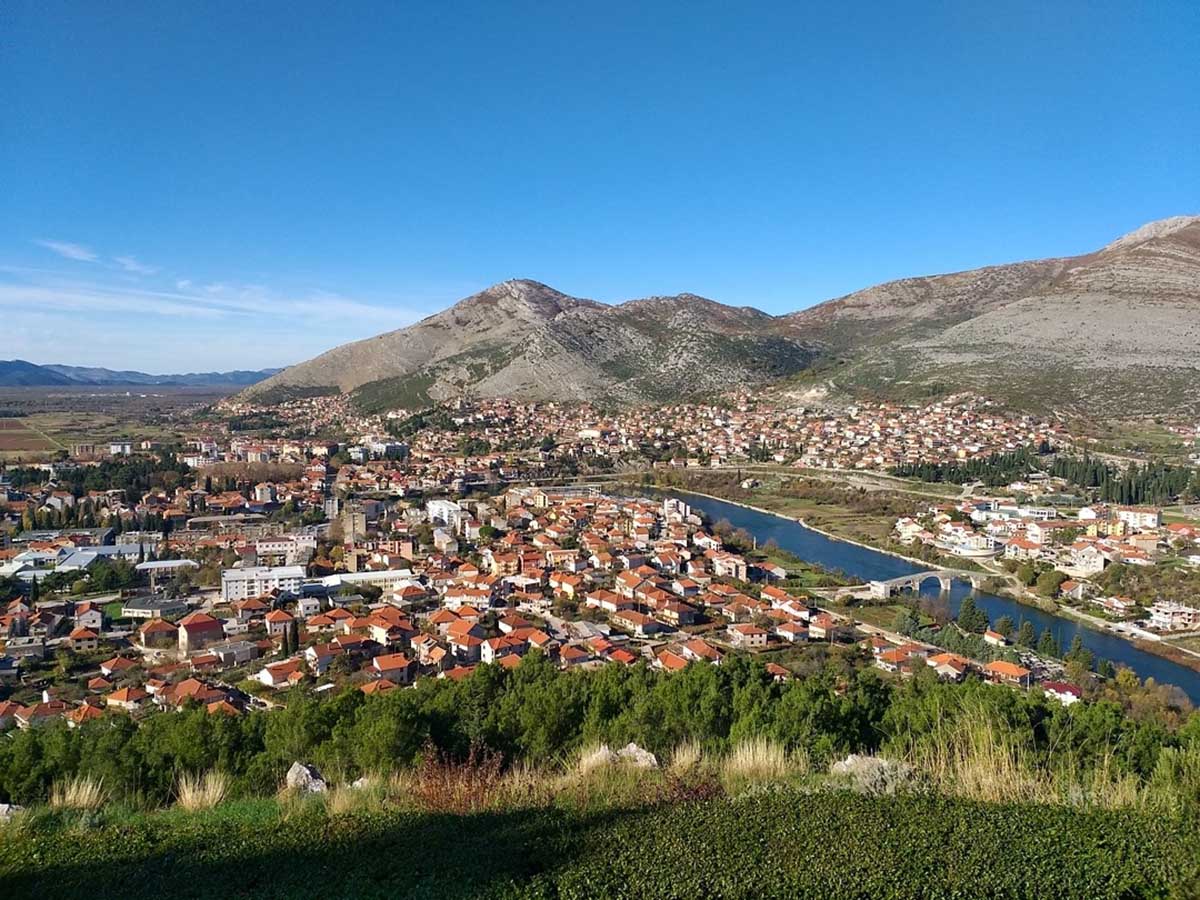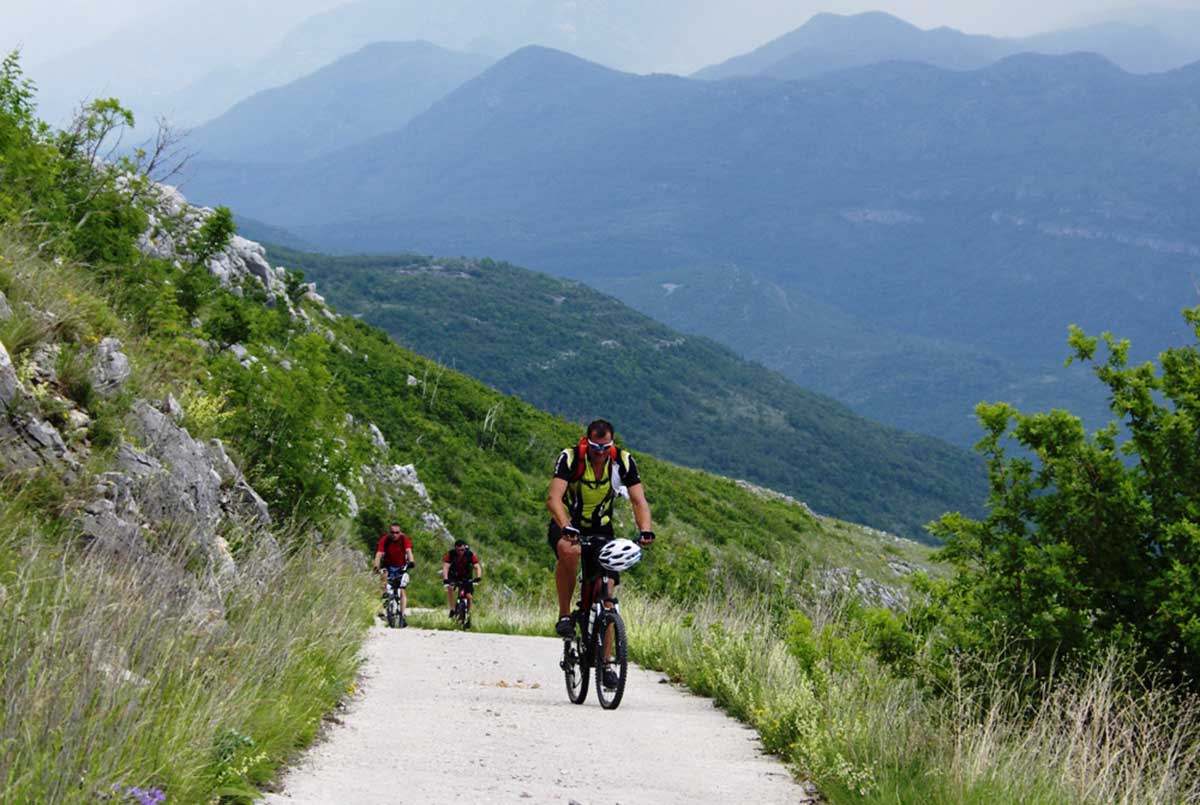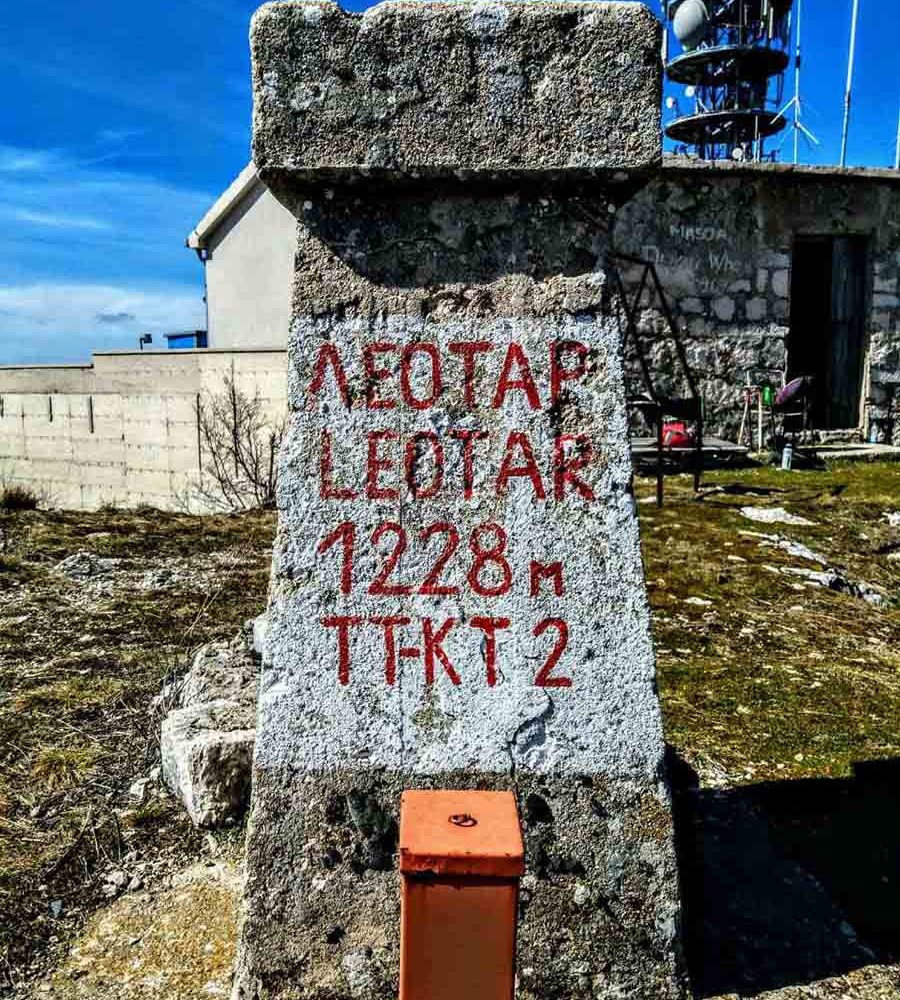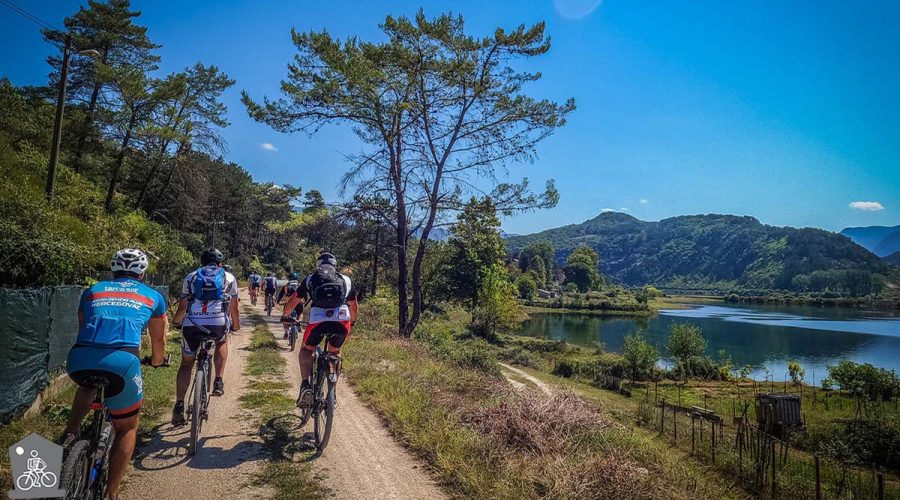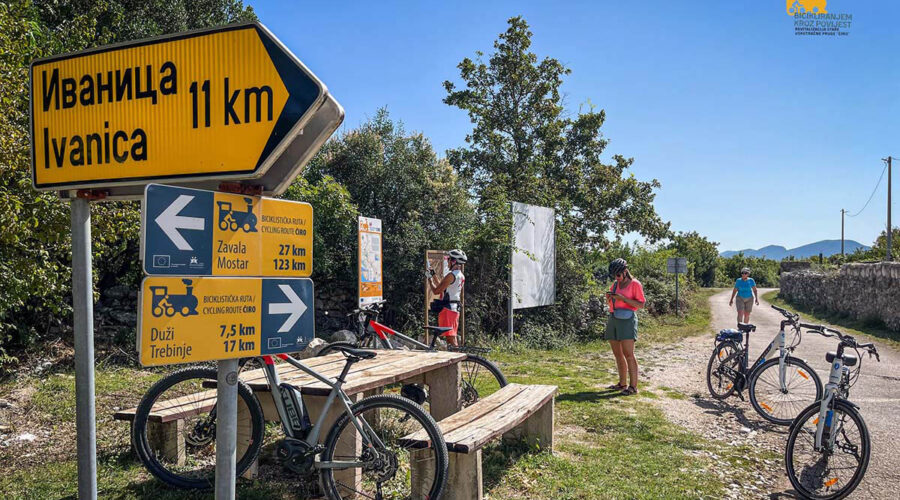In the far south of Herzegovina, on the banks of the Trebišnjica River, at the foot of the Leotar mountain, is Trebinje, the city of sun, wine and plane trees. It is located in the triangle of UNESCO heritage cities Dubrovnik (28km), Kotor (90km) and Mostar (120km). The specialty of Trebinje lies in the favorable Mediterranean climate and 260 sunny days a year.
The city center was built in Mediterranean style. It is dominated by old Austrian buildings and mountain plane trees, the shade of which is enjoyed by numerous tourists in the summer garden. There in the heart of the city, in Dučićeva Street, you can see the monument to the Trebinje poet and ambassador, the Catholic cathedral from the 19th century, the first monument to Njegoš, a colorful market with a monument from World War I. In the immediate vicinity is a beautiful park with a monumental-looking Orthodox church, the House of Culture, a monument from World War II, and fountains.

Vrh Leotar is located on Mount Leotar (1,244 meters above sea level) in the southeast of Herzegovina in the Republic of Srpska and is the largest limestone peak in the area of Trebinje. It stretches in the northwest-southeast direction. On the south side of Leotar is the spacious Popovo polje with the Trebišnjica river, while the Ljubomirsko polje is smaller to the north. Trebinje itself is located at the southern foot of Leotar.
Leotar is recognizable by its steep and rocky slopes and sparse vegetation. It is dominated by low vegetation and grasses, which are further destroyed by quite frequent fires in the summer. Water appears only at the foot of the mountain. Snow on Leotar is quite rare. The mountain is a well-known area of medicinal plants.












